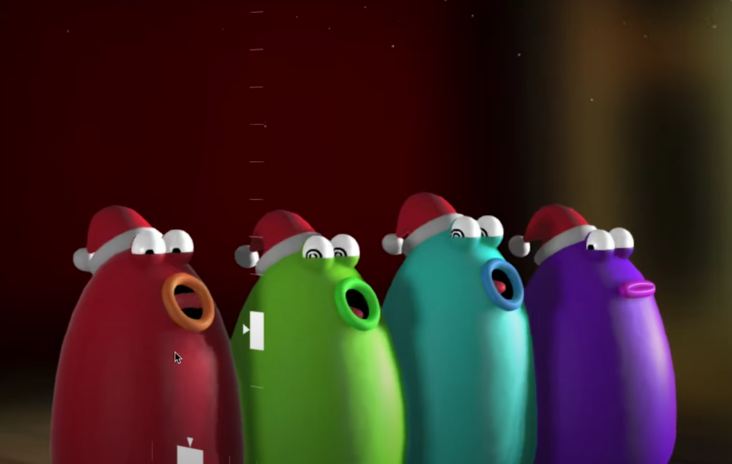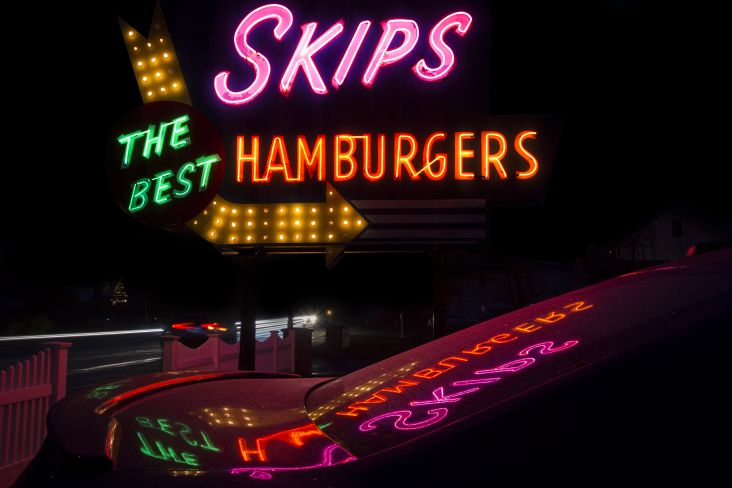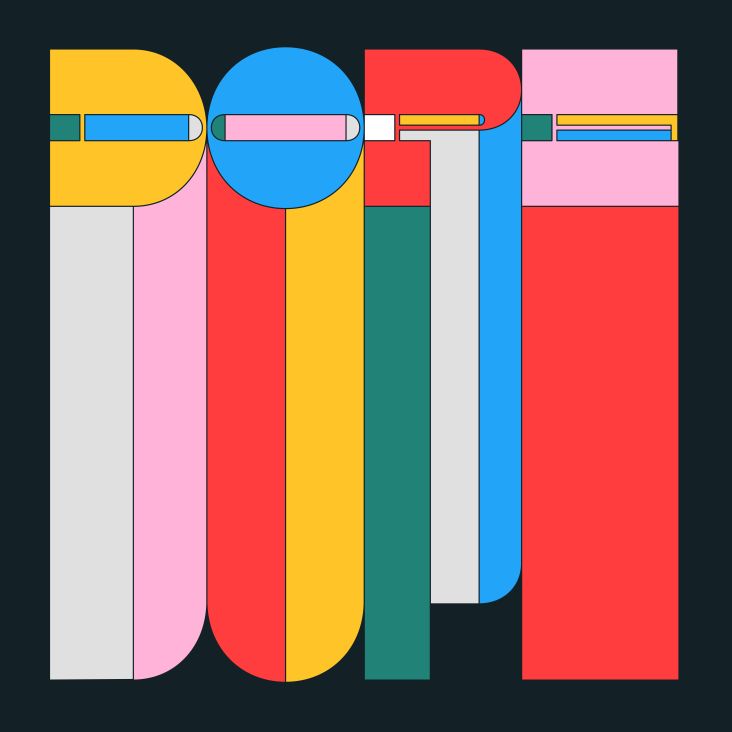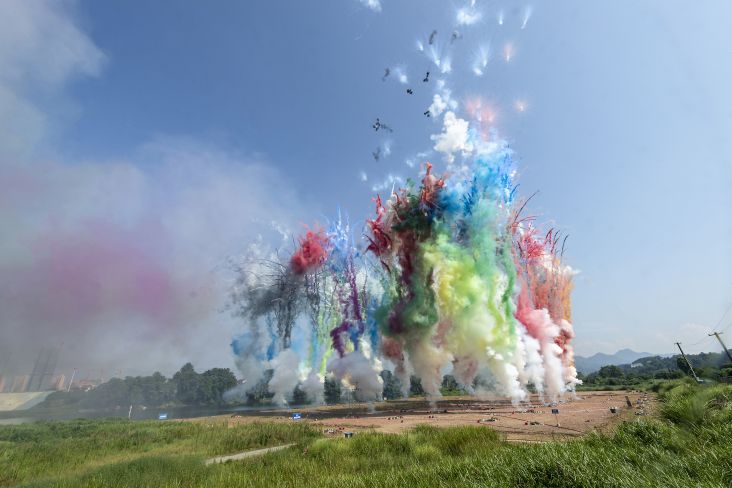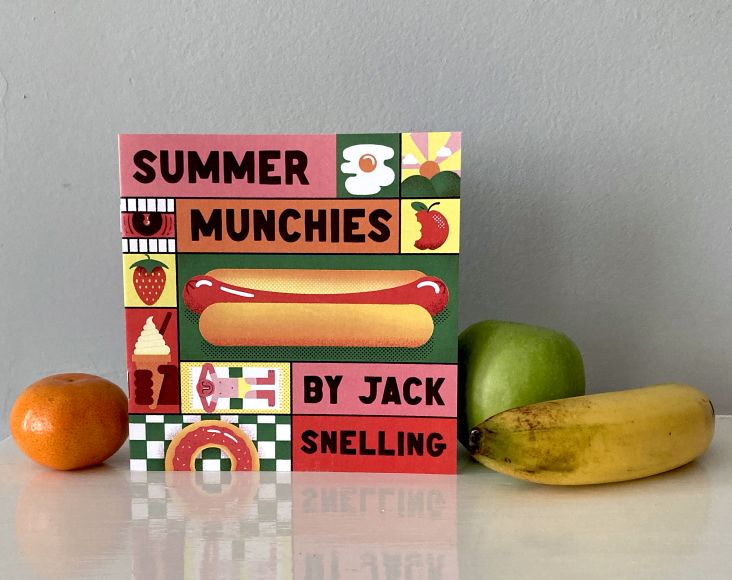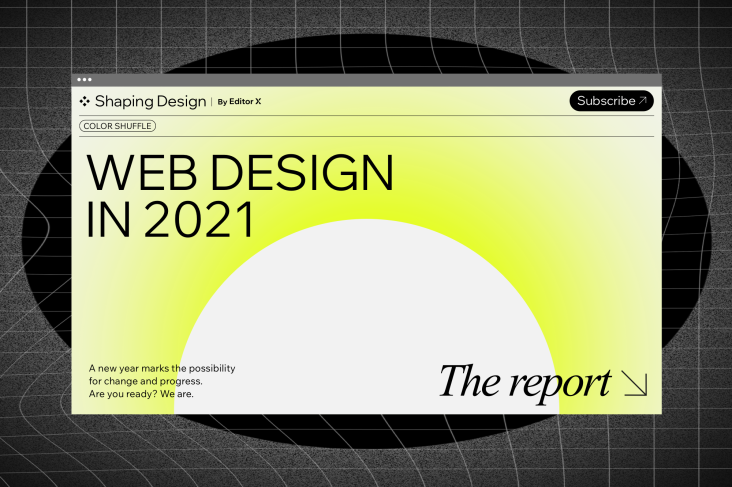Anil Sebastian uses music to bust the binary, and raise big questions around AI, morality, and inclusiveness
Anil Sebastian is a busy person. We chat during the second lockdown, but it seems a little thing like that doesn't matter to someone like them when it comes to an outpouring of creative ideas and positivity.
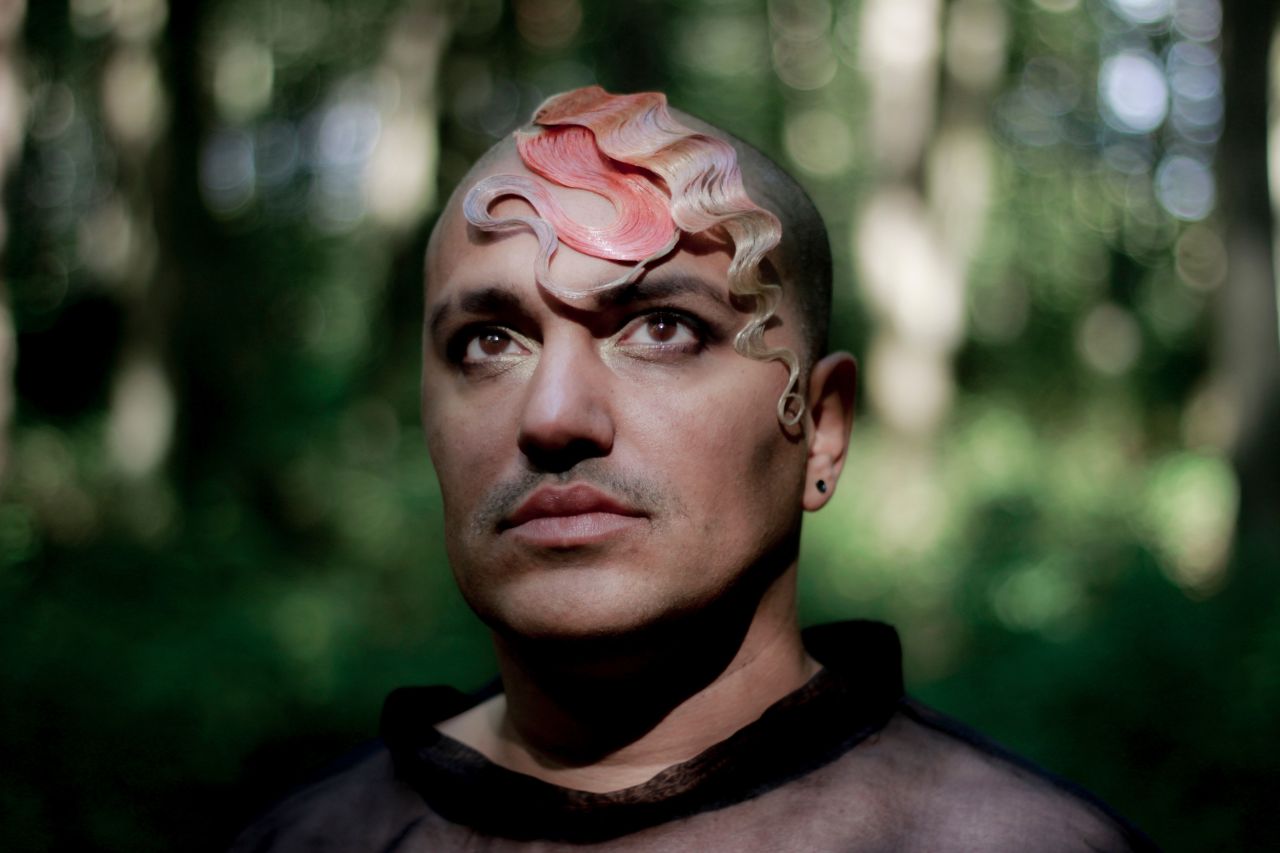
Anil Sebastian
We're speaking mostly because Sebastian's just launched their half-hour-ish music film piece on Nowness, Daffodil: a sci-fi-leaning, part-animated, part-personal treatise, part found footage collage of images held together by the thread of his own electronic music compositions.
The piece has a futuristic, morally and sociologically complex narrative that opens up a lot of big themes. Using a mixture of the surreal and the real, the film is set in the near future and tells the story of a scientist (played by Anil Sebastian) "gone rogue", attempting to bring back the conscious mind of a child in the form of an AI.
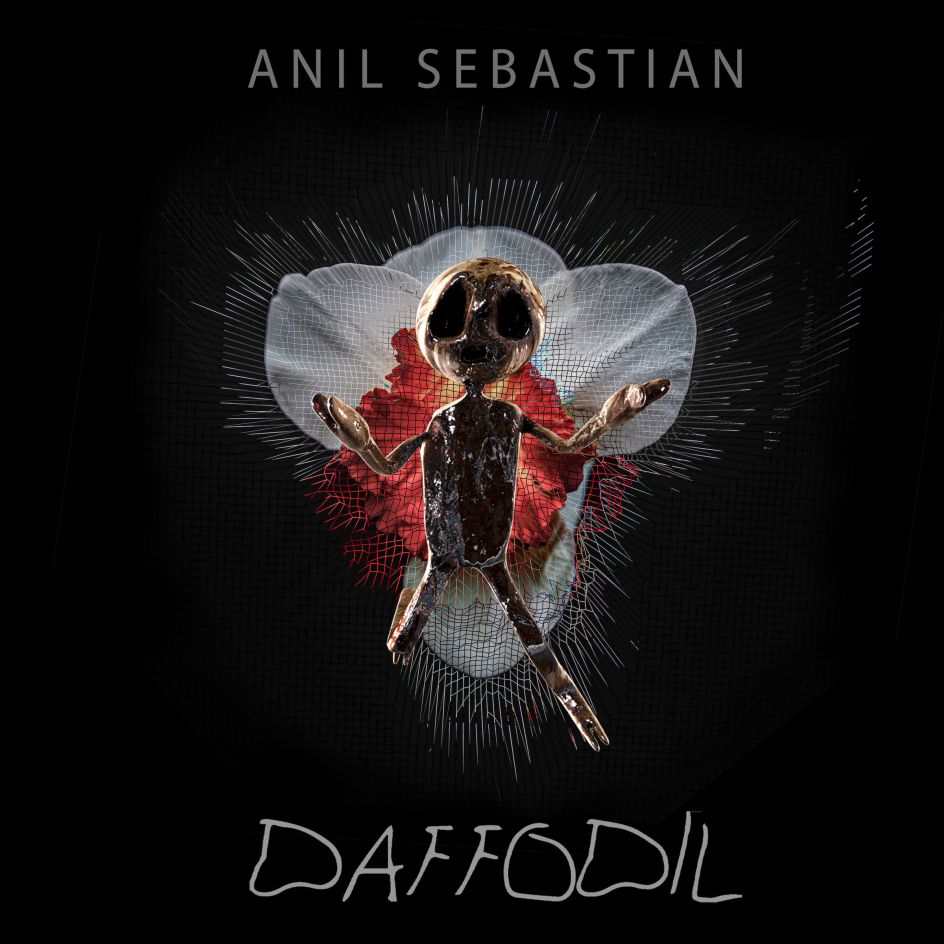
Daffodil cover
Billed as a "Descartesian meditation on existence and consciousness", it asks questions about the "authentic" way of being in a time when technology continues to infiltrate our public and private life; whether AI can truly "exist" and have consciousness; and on a more individual plane, compels its viewers to ask themselves whether given the possibility to bring back someone they loved and lost if they would do so. It uses the personal as a lens to examine the scientific and the existential.
It is just the latest project for the prolific musician and artist. They released their debut album Mesonoxian in 2017; having long played as part of Icelandic band Hrím, with singer Ösp and producer Cherif Hashizume; and working with the likes of Alt-J, Manu Delago, Elena Tonra (Daughter), Eivor, Eska, Laura Mvula, Sam Smith and U2 on musical arrangements and guitar.
Sebastian is also well known as the co-founder and director of the legendary London Contemporary Voices Choir, which started life about ten years ago when they were playing the guitar for Imogen Heap, and she asked them to help put together a choir for a special live-streamed show at London's Royal Albert Hall. They loved doing so, and the choir went on to live way beyond that initial performance.
Here, we chat about the power of communal singing to platform less-heard voices, music as communication, imposter syndrome, and more.
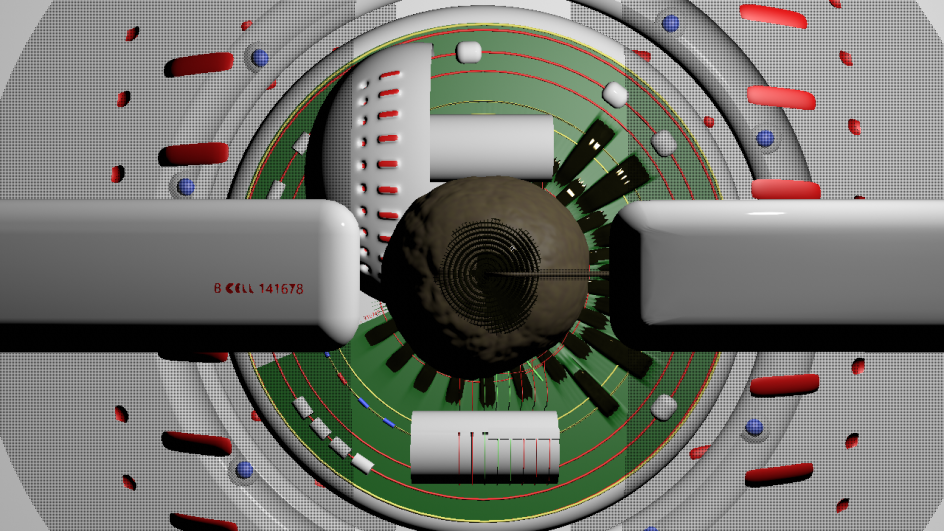
BTS shot from the making of Daffodil
Tell me more about the London Contemporary Voices Choir
Right from the get-go, we had this very unusual project that kicked the whole thing off – the Royal Albert Hall was the biggest live stream that ever happened at that point. It was a massive electronic music project with these pioneering artists, instantly different and refreshing. I'm passionate about seldom heard voices, partly because of my identity: being queer and non-binary and mixed race is different. There was this opportunity to do something different. But even if I tried to do something super traditional, I wouldn't be able to because I would never be accepted in that kind of a world.
Yeah, I suppose the idea of a choir has certain connotations around it
We're forming a transgender, non-conforming choir, and one of the motivations is that for gender non-conforming people, it's really difficult being in a choir because it's such a gendered thing—you know, girls stand over there, boys sound like this, girls sound like that. It is a very difficult place and a vulnerable place to be: even if you leave aside the institutional racism and all of the other stuff that goes with the very, very traditional establishment. Ours is a very diverse community: we have choral scholars from Cambridge, and we love them. They're incredible singers, but it's for all voices. It's got a philosophy of being genuinely open-minded to all voices and people trained in very different ways, whether through Cathedral School, learning at home, through a rock band or whatever.
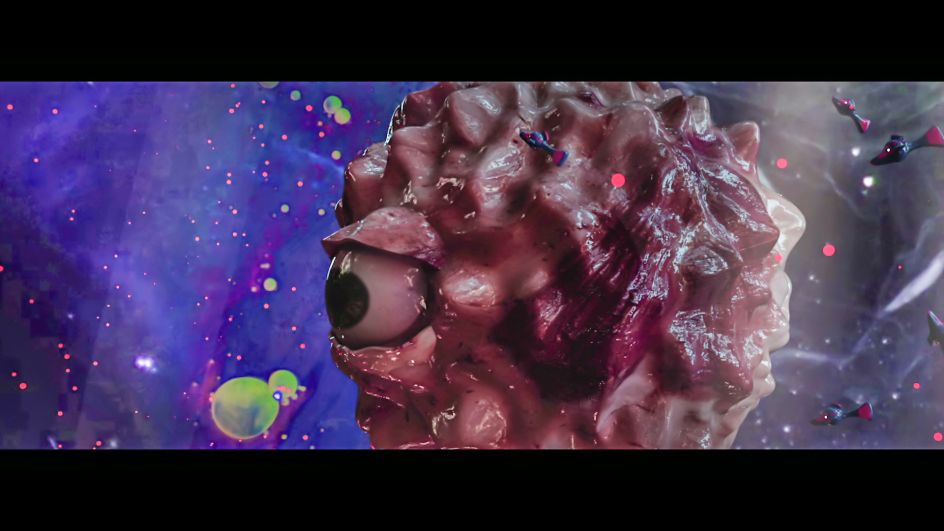
Daffodil still
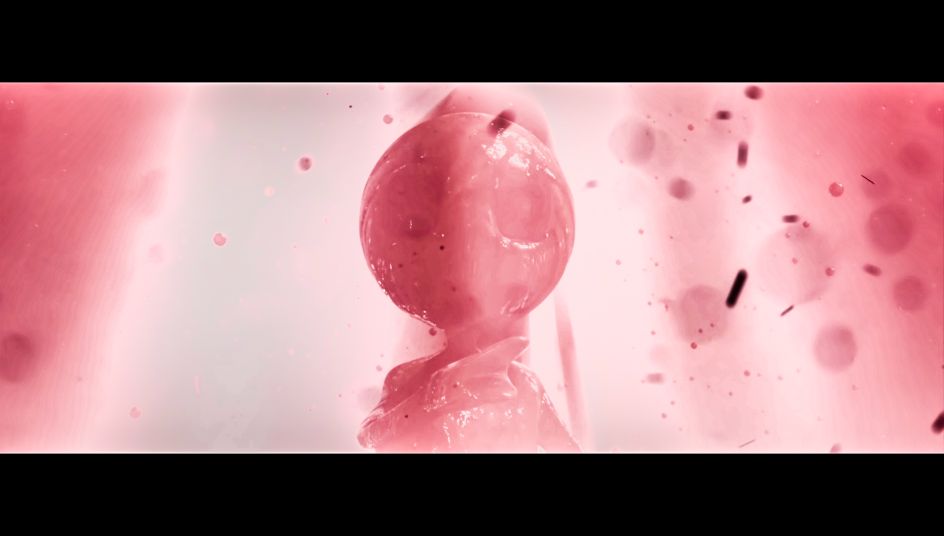
Daffodil still
What do you think being in a choir brings people whose voices might not otherwise usually be heard in that way?
The whole community thing is the biggest reason people say when we ask them: meeting other people, making friends, relationships, etc. But there's also an increasing understanding that music and singing, in particular, are good for your physical and mental health.
There's a deeper tradition in the UK of social mobility that I'd like to bring back. It is perhaps a simplistic way of looking at it, but hundreds of years ago, everybody was singing in their local choir, whether that be the people that worked on the land, clean people's houses or the landowners themselves. So it was a way for people to contact each other and meet people from different backgrounds and do something together. Many other things stopped social mobility back then, but I think the access to that was greater because there were many local choirs. It's a great thing for people, different people from different sides of this very binary universe that we live in, to mix.
There's also been a lot of focus on the individual when it comes to music: it's seen as impressive to sing loud and be heard over everybody else. Communal and choral singing is now coming back as a way of finding a softer side, a way of coming together and blending and being part of a whole, and communicating through music.
With Daffodil, you've got so many other people working on things like the direction (by Thiing Studios), animation (by Thomas Rawle), all that sort of stuff. What do you look for in someone you think will be a good fit for collaboration?
I look for a sense of equity or equality in the relationship. It's all about the relationship to me, whether I'm co-creating something with somebody with advanced dementia, an AI performance artist, a choir, a Grammy-winning artist, or working on a film with an animator. There has to be a sense of equality and flow between you and being at ease with letting go. You need a willingness to play and be playful and out of your depth and not know what the hell's going on, and just sort of seeing what happens. It takes a lot of vulnerability.
Many people maybe feel like they want to be able to prove that they can do everything themselves, especially when you look at intersectional oppression. For women in music, for example, if anyone male has worked on the same project, it will instantly be assumed that they've done all the complicated technical stuff. That must be so frustrating and drive a lot of people's feelings that they need to show they can do things themselves. That's also the case for queer artists and people of colour.
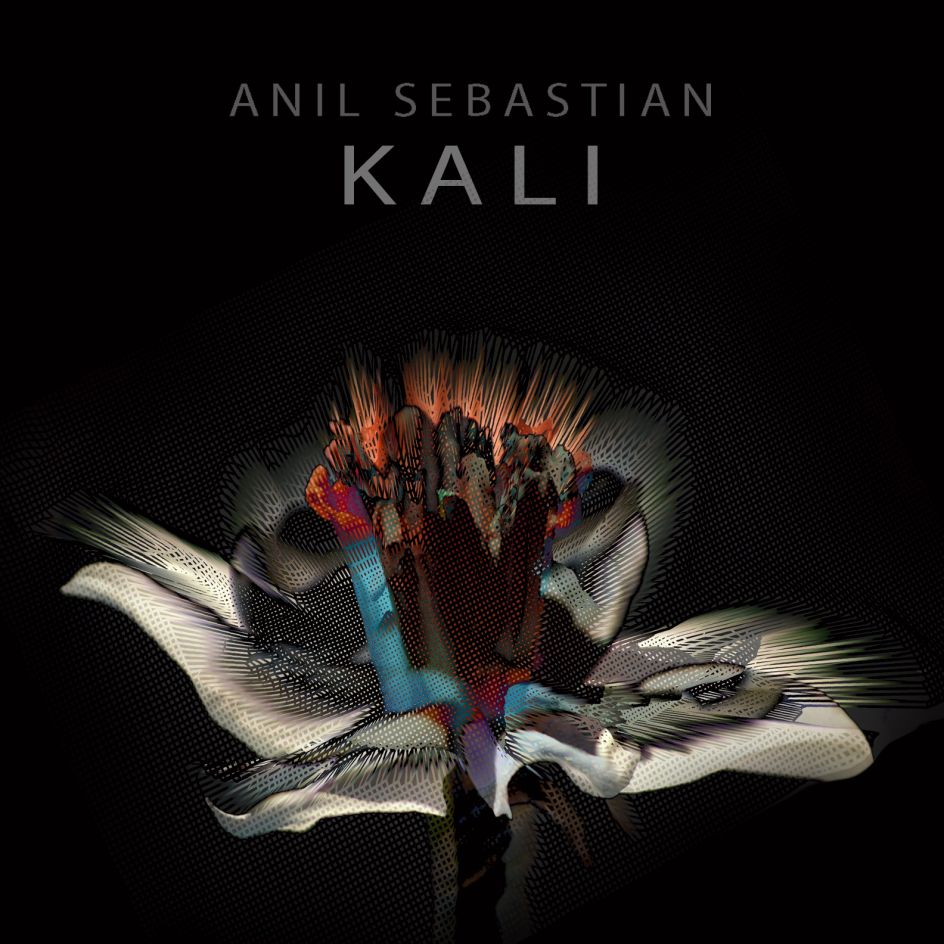
Kali record cover
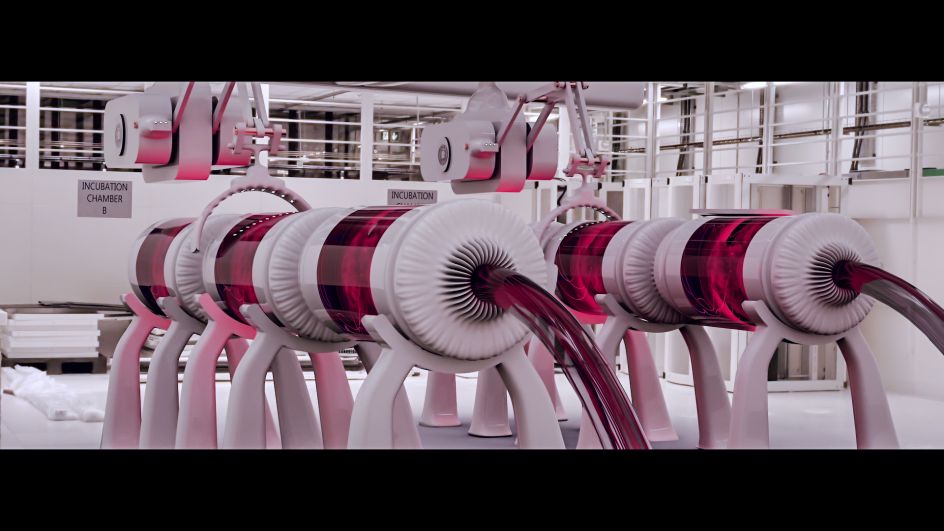
Daffodil still
Am I right in saying that you didn't formally study music? How did you get into it?
Before the sixth form, the school I went to offered half an hour a week of guitar lessons that I shared in a group of three; that was good and inspired me. But the college I went to didn't make A level music, and having expensive private lessons wasn't a possibility for my parents. My dad was very ill throughout that, so the only option for me was to learn myself at home. The best thing that happened to me was how, as a family, we communicated through music: it's an integral thing to our culture. A lot of what I learned was experimenting in my room and obsessively working at it. I ended up with my first professional gig as a guitarist when I was 17 or 18. That was quite strange because I've always felt that I'm not qualified to do this. I have major imposter syndrome in virtually everything I do.
Even now?
Yeah, absolutely. That's always my first thought: "I'm not qualified to be here. I'm not good enough". It all stems partly from racism: not being brown enough for brown people and not being white enough for white people. As a second-generation immigrant, there was a pressure to do something "sensible" to prove your worth: you have to work for the NHS or go and be a doctor or a nurse or an accountant or a lawyer, for example. If you can do something that helps people and shows that you're a good person, you deserve to be here.
Tell me a bit more about your family's way of communicating with music
My dad was a musician in his youth and played on the radio back in Malaysia, where he was born. But when he moved to the UK, he didn't play music anymore. The only thing that he carried on doing was DJing. He went down this very academic route, but that's all he would have been allowed to do. There's a musical spirit in our genes, our family and our culture: on my mum's side, her sister sang in a choir, my mum sang in a choir, her dad sang in a choir, they were all singers. My mum sang at home all the time. But again, she was a nurse, and my dad worked for the NHS, and they worked extremely hard. All of us as kids made music in some way and still do. It's our way of coming together. We went through some really tough times as a family, and the music was a kind of release.
Vocalising and using your body to make sounds and communicate and express would have proceeded language [in humanity]: that's how fundamental it is. That's why we connect to it so easily and so instinctively.
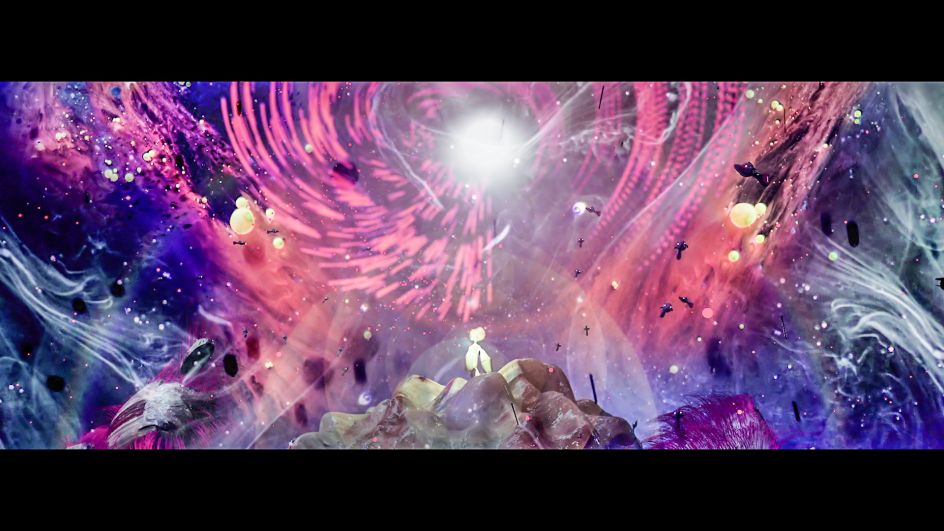
Daffodil still
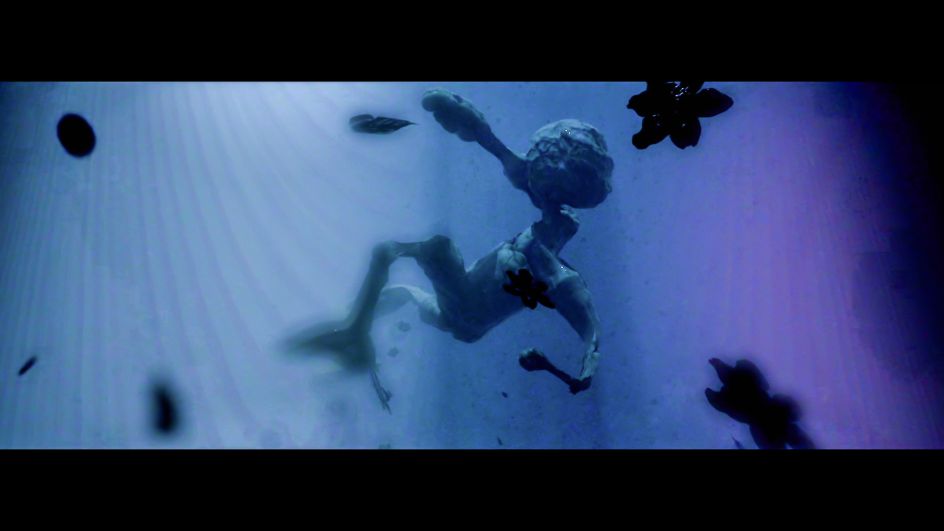
Daffodil still
In Daffodil, you weave in a lot of footage from your childhood and family life with much broader ruminations on AI and consciousness. What were you looking to say with the piece, and why did the idea of a short music film seem like the best vehicle?
With the film and the archive footage, I was trying to find a narrative that had emotional resonance because one of the things that are always put me off doing a kind of "physics meets science meets music" thing is that I didn't want it to be like an encyclopaedia reading or a kind of a "musical of facts."
My music is very emotional, so I was looking for a way to bring the two things together. Aside from that connection, what inspires me is seldom heard voices, neural, neurological diversity, and artificial intelligence, but concerning consciousness and what makes us conscious. Are we conscious? Does consciousness exist? Can you copy and paste consciousness into something else? And I was starting to explore that from different perspectives.
The Dalai Lama's take on it is that, of course, it can: consciousness is incredibly special, but it's not at the same time in that it can flow from one thing to another, and our bodies are just vessels for our consciousness. It also plays on this mind/body dualism, that our minds and our bodies are separate things and not one of the same. What I started to think about when it came to emotional resonance was noticing people's reactions: if you talk about AI to people, and they get increasingly nervous, the more human something appears. The idea of a conscious Siri or Alexa scares most people.
I suppose that sort of thing is incredibly hard to get your head around
Exactly. It's also about autonomy and uniqueness—the idea that it has to be my consciousness that makes me special. I love going where that fear is and finding out more about it, so that motivated me. The film is a thought experiment: if you took this pretty random collection of little snippets of childhood, of data—you could call it memory—and feed it into something, would it ever really get close to recreating an identity?
Have you done anything similar to the film before?
No, so the process was terrifying. The lyrics came from reflections, through reading, researching all the things we've talked about, and from my emotional reactions to various bits of footage and things like that. From that point of having the lyrics and a broad idea of the conceptual "thought experiment", I then worked with Tom [Rawle], and he started to sketch out what the visuals might look like. The narrative and the music adapted to the iterations of the visuals. It was really strange because it's very much a music film, but it felt like a fun experiment as the inverse of the usual film score where the music is created after the visuals.
With every step forward that the visuals took, the music became clearer: it went from this intimate harp and whispered vocal into some epic stuff.
So what's next for Daffodil?
I feel like Daffodil in itself will continue to grow in its own way, but I can't say too much about it yet. Part of what's gonna happen next with the film is working with the AI performance artist, Ada. Outside of that, I'm quite keen to interpret it to live but differently, maybe as an installation piece.




 by Tüpokompanii](https://www.creativeboom.com/upload/articles/58/58684538770fb5b428dc1882f7a732f153500153_732.jpg)


 using <a href="https://www.ohnotype.co/fonts/obviously" target="_blank">Obviously</a> by Oh No Type Co., Art Director, Brand & Creative—Spotify](https://www.creativeboom.com/upload/articles/6e/6ed31eddc26fa563f213fc76d6993dab9231ffe4_732.jpg)








